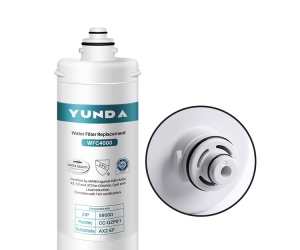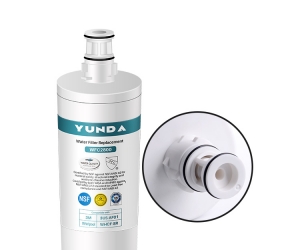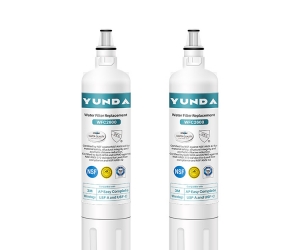Chloramines are best removed from water by catalytic carbon filtration. Catalytic carbon, activated carbon with an enhanced capacity for contaminant removal, is one of the few filtration media that can successfully reduce chloramines from drinking water. Carbon filters, the industry standard for chlorine removal, is an ineffective chloramine filter. The stability of chloramines, the quality which makes them such a powerful disinfectant, also makes them so difficult to remove. The amount of contact time required for activated carbon to cause any significant reduction in chloramines is so long it makes it entirely impractical. It would reduce flow rates drastically and no house could feasibly use a carbon filter to remove chloramines and maintain usable water pressure and flow.
There are also under-sink options available that can reduce chloramines from your water supply, like reverse osmosis and ultrafiltration. However, these are less commonly employed. Chloramines are best removed by whole house water filters. Since one of their biggest offenses is their aggravation of skin conditions and irritation of the eyes and sinuses, most people seeking to eliminate chloramines will opt to remove it from every fixture in their house, not just from their drinking water.
Why doesn’t activated carbon remove chloramines?
Chlorine, on contact with the carbon, chemically alters into the harmless compound called chloride. Carbon filters have expansive surface areas with these exchange sites and are remarkable at removing standard chlorine from water supplies. Chloramines, however, have unique stability as a compound. Upon contact with activated carbon, they are not catalyzed with the same efficiency and speed. In order for activated carbon to remove chloramines, very extensive contact time is required to successfully break the ammonia and chlorine apart. This makes them a poor choice for chloramine reduction, as you could not run a shower or fill a bath with such reduced flow rates. Since skin sensitivity is one of the primary reasons people eliminate chloramines, a filtration system capable of sustaining at least a moderate flow rate is crucial for success.




